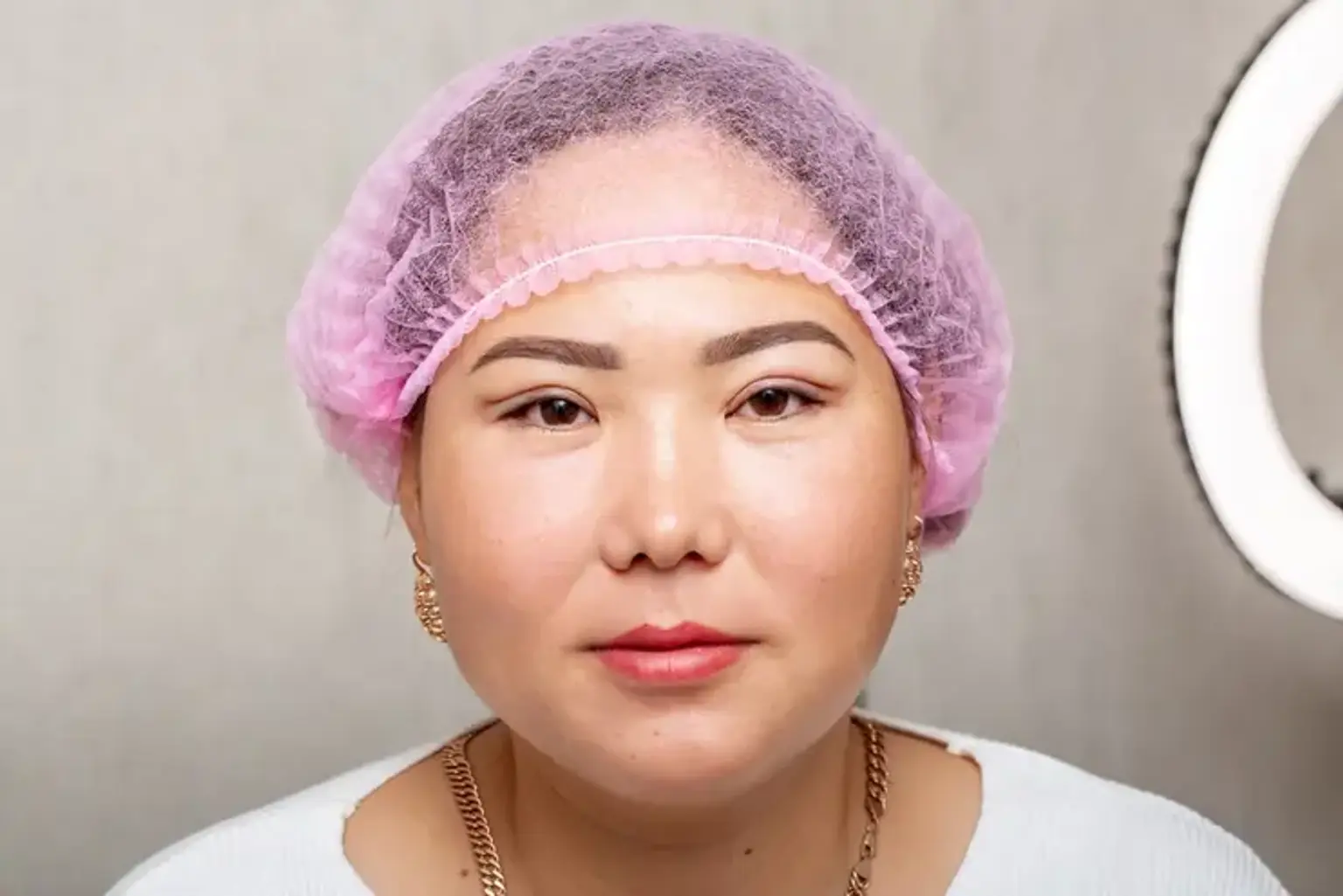Introduction
Eyelid ptosis, commonly known as drooping eyelids, can affect both appearance and vision. This condition can occur due to weakened eyelid muscles, aging, or even genetics. While traditional surgical options (like blepharoplasty) are commonly used to correct ptosis, a newer, non-incisional method is gaining popularity. This technique offers a minimally invasive solution with little to no scarring, faster recovery times, and effective results.
Non-incisional eyelid ptosis correction uses muscle tightening to lift the eyelids without the need for cutting or suturing the skin. This method offers an excellent alternative for individuals seeking to improve their appearance without the need for extensive surgery.
What is Eyelid Ptosis?
Eyelid ptosis occurs when the upper eyelid droops, often covering part or all of the eye. It can occur in one or both eyes and may be present from birth (congenital) or develop later in life due to aging, trauma, or underlying medical conditions.
This condition affects both aesthetics and function. In severe cases, ptosis can obstruct vision, causing strain and discomfort. While the cosmetic impact is most noticeable, patients may also experience difficulty keeping their eyes fully open, leading to fatigue and reduced field of vision.
